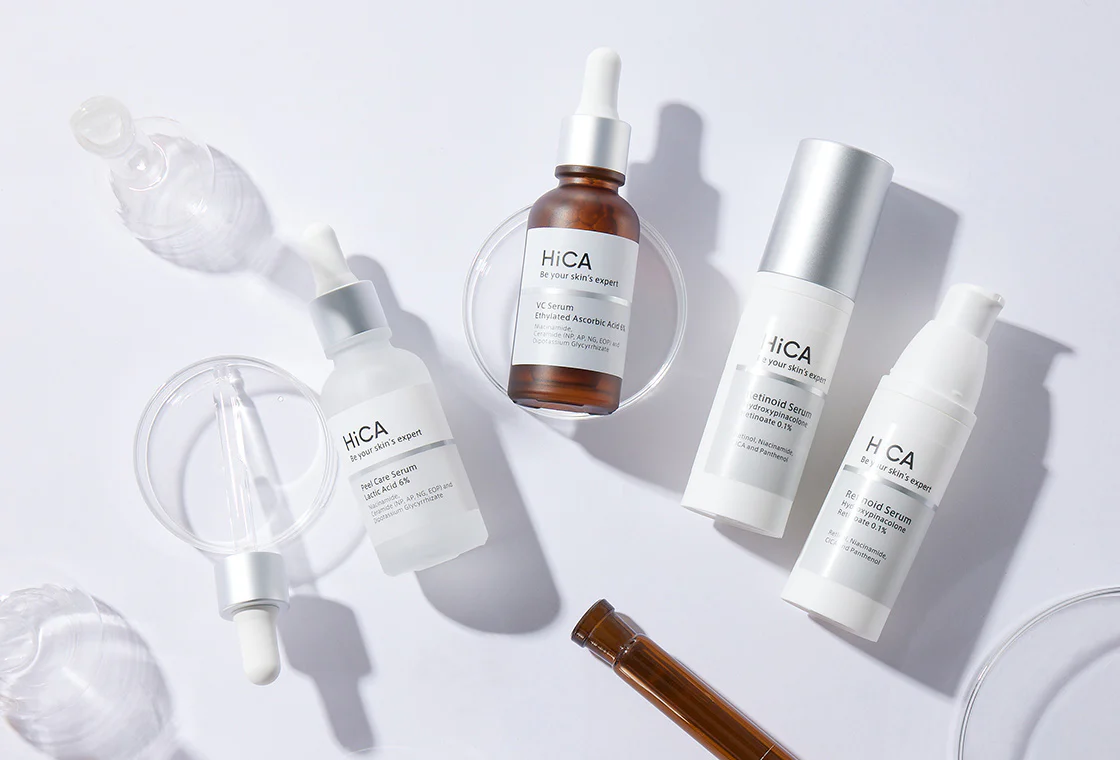What is the difference between peeling? Facial scrub care that can be done at home

“Keratin Care is popular as an answer against pores, dullness and rough skin. Are you interested but not sure if it’s right for your skin?
This time we will explain the mechanism of keratin formation, the skin problems caused by keratin and the “keratin care” that can be incorporated into your daily skin care routine.
The role and metabolism of keratin
First of all, keratin refers to the corneocytes in the epidermis, which cover the outermost layer of the skin. The stratum corneum is made up of corneocytes on top and is only 0.02 mm thick. It is very thin, about the size of a sheet of plastic wrap, but it plays a crucial role in protecting the skin from external stimuli and preventing moisture evaporation. Another feature is that keratin regenerates in a specific cycle. This reincarnation, known as ‘turnover’, is said to be ideal for a cycle of around 28 days. However, when the turnover is disturbed by ultraviolet rays, friction, improper skin care, etc., old keratin builds up on the surface of the skin, leading to various skin problems.
Skin problems caused by old keratin
Old keratin builds up on the surface of the skin and thickens the keratin, which is known as ‘keratin hypertrophy’. In addition, thickened keratin can cause the following skin problems.
Rough skin
- Pale skin
- Bright pores
If your skin looks rough and stiff, it could be a sign of dead skin cells. In addition, there are skin problems such as spots and blackheads that make the skin look dull and dull. If you are worried about these problems, it is also recommended that you include exfoliation in your daily skin care routine.
What is the difference between exfoliation and peeling? Skin care suitable for Japanese skin
Japanese skin has a thin stratum corneum! Characteristics of Japanese skin
Exfoliation is a treatment that dissolves and removes unnecessary keratin that has accumulated on the skin. “Chemical peels are one of the cosmetic treatments available in the clinic. For exfoliation at home, use cosmetics that contain a low concentration of exfoliating ingredients and are sold for home care.
There are many cosmetics on the market that aim to exfoliate, but what should be known when choosing is the ‘characteristics of Japanese skin’.
Japanese skin is said to have a thinner stratum corneum than Western skin. Therefore, even if a product is popular abroad, it may be too strong for Japanese skin, so be careful. This is one of the things you should be aware of, because this is an era when you can easily order cosmetics from abroad.
What peeling ingredients should I check?
Cosmetic products contain various exfoliating ingredients. When trying out an exfoliating treatment, check the ingredients listed on the cosmetic packaging.
We will present some typical ingredients, so look them up.
■ Glycolic acid and lactic acid
This ingredient is commonly known as AHA. There are several types of AHA, but the two most commonly used in exfoliating products are glycolic acid and lactic acid.
■ Salicylic acid
This ingredient is commonly known as BHA. Because of its solubility in oil, it is also used in anti-acne cosmetics.
■ Retinol
Retinol, a form of vitamin A. It can be expected to be effective in improving the condition of the skin and solving problems caused by thickened keratin.
Tips for home exfoliation
There are different types of cosmetics that can care for dead skin, including ingredients, textures, types of wash-off and types of wipe-off. Some products contain 0.1% or less of keratin care ingredients and others contain 10% or more. In addition, some products contain moisturising ingredients and ingredients that prevent skin roughness and reduce irritation.
For those who are concerned about irritation, we recommend products with a less frictional texture, or ‘proven’ products that have been tested for skin irritation.
